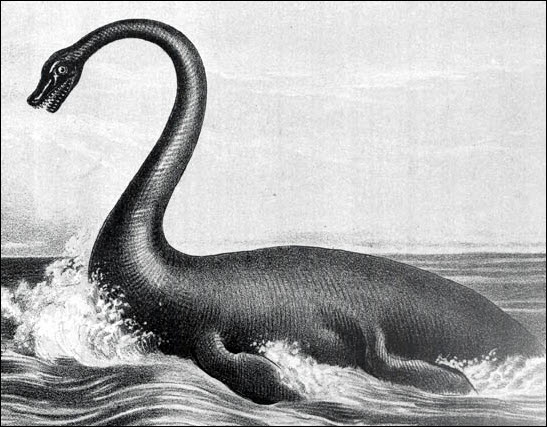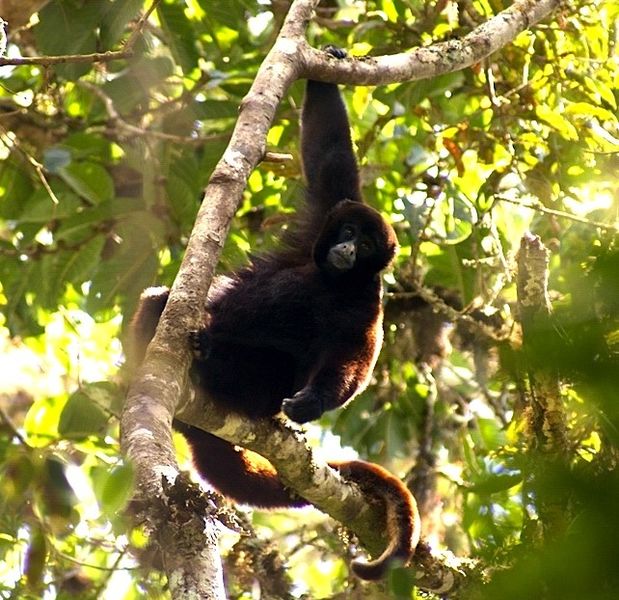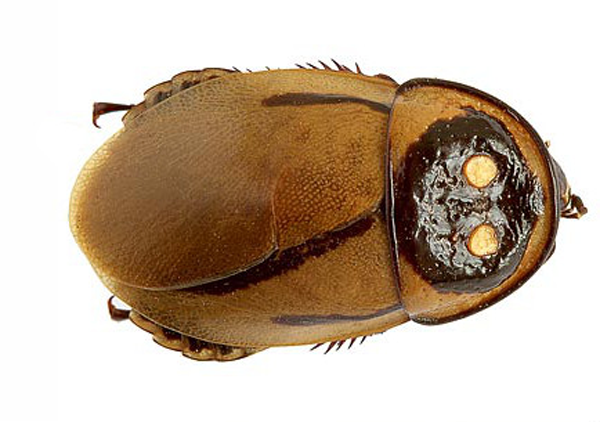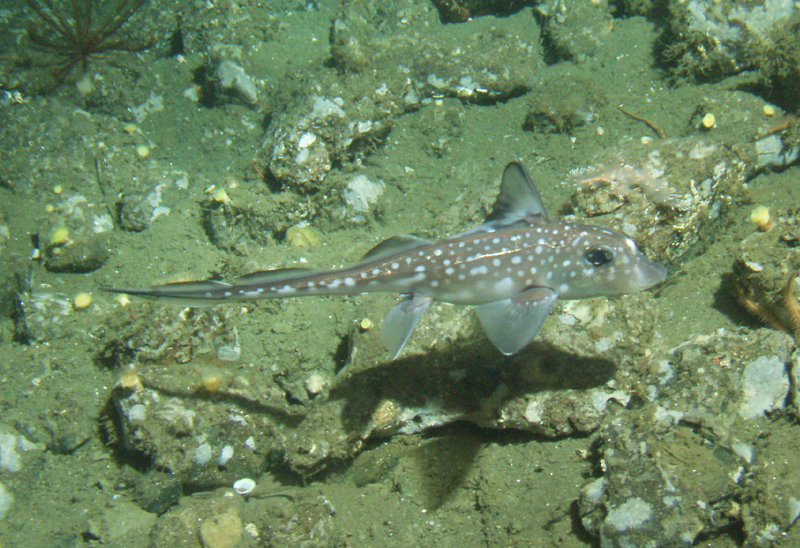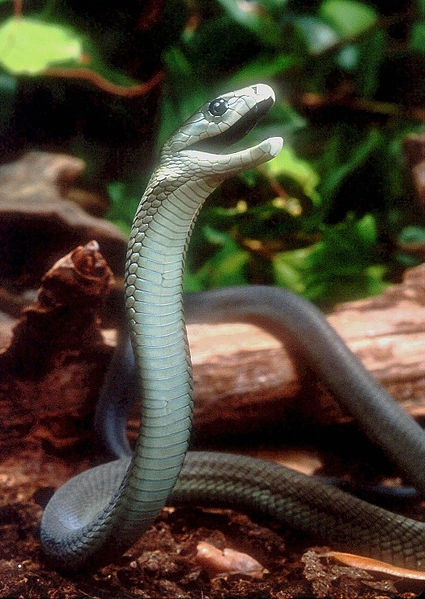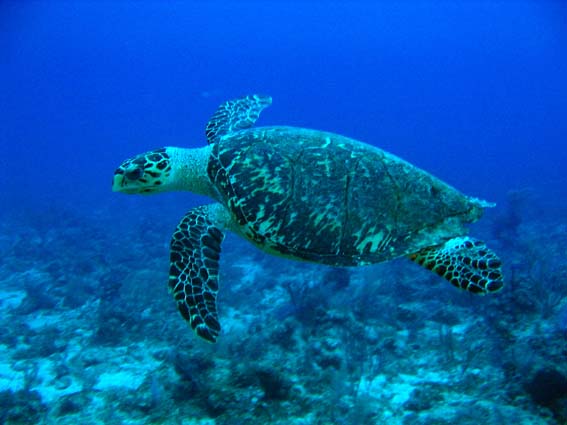
It may have took awhile to get today’s Wild Fact out, due to computer issues, however, better late than never. I promise it was worth the wait as we are heading to the ocean today to study a critically endangered sea turtle known as the Hawksbill Turtle. This particular turtle can be found throughout tropical areas in the Atlantic, Pacific and Indian Oceans, so you get to choose which area you want to explore. As well, you won’t need to go too deep since the Hawksbill Turtle prefers living along the coastlines where they are close to food and nesting sites.
One Big Heart
The Hawksbill Turtle is smaller than most other sea turtles as they only grow to about 114 cm (45″) in length and weigh up to 68 kg (150 lbs). I find it funny that a 150 lb turtle is considered to be the runt of the family. The young Hawksbill Turtles seem to have more ‘heart” compared to the adults. The juvenile turtles have a heart shaped shell, which becomes elongated as they grow older. Similarly, the shell of this particular turtle tends to be beautifully coloured, which tends to get this turtle into quite a bit of trouble.

Adopt a Turtle
As mentioned, the Hawksbill Turtle is critically endangered as a result of human influence. Although they are globally protected, people still love dining on their eggs and have no problems hunting this turtle for their flesh and amazingly beautiful shell. Similarly, the Hawksbill Turtle is also a victim to fishing as they are often accidentally caught in large fishing nets. Luckily, this turtle is getting some attention as the World Wildlife Federation (WWF) is working hard to ensure that this beautiful creature lives for a long time to come. If you would like to help out with this cause then please feel free to visit the “Adopt a Turtle” website.
The Talons of a Hawk
If you take a look at the head of the Hawksbill Turtle, you will quickly see how they received their name. Yes, their head tapers to a point, which resembles the beak of a majestic bird. Besides the beak, this Turtle also has talons like a Hawk. Okay, maybe I am exaggerating a little bit since I don’t think a pair of claws on each flipper would really constitute as “talons” but these claws do separate the Hawksbill Turtle from most other sea turtles.
That does it for today’s adventure. Enjoy the remainder of your day and I will see you tomorrow for a new animal fact.

